Keeping job sites safe is a top priority for employers and workers alike. In recent years, vacuum tools have become a game-changer in enhancing safety standards across various industries. In this blog, we’ll explore how these innovative tools contribute to safer work environments.
The Role of Vacuum Tools in Minimizing Dust Hazards
Dust generation is a common issue on many job sites, especially in construction and demolition work. Vacuum tools effectively capture dust at the source, preventing it from becoming airborne and posing respiratory risks to workers. This significantly reduces the chances of respiratory illnesses and other health problems related to dust exposure.
Not only do vacuum tools help in capturing dust, but they also ensure compliance with stringent safety regulations. For instance, OSHA has strict guidelines regarding permissible exposure limits for dust in the workplace. Vacuum systems equipped with high-efficiency particulate air (HEPA) filters are capable of trapping up to 99.97% of dust particles, thereby vastly reducing the health risks associated with dust inhalation.
Moreover, using vacuum tools can also alleviate the financial burden associated with dust hazards on job sites. These tools mitigate the need for extensive cleaning sessions, reduce wear and tear on equipment, and minimize downtime. Essentially, vacuum tools not only protect the health and safety of workers but also contribute to optimized operational efficiency, enhancing productivity and cost-effectiveness.
Improving Air Quality with Vacuum Tools
Poor air quality is a serious concern on job sites, as it can lead to various health issues and decrease productivity. Vacuum tools help improve air quality by efficiently removing contaminants and maintaining a cleaner work environment. This is especially crucial in enclosed spaces where proper ventilation might be limited.
The use of advanced vacuum tools like the iQ 426 HEPA Vacuum can make a significant difference in air quality. These tools are designed to capture even the smallest particles, including allergens and hazardous dust, which traditional cleaning methods might miss. By filtering the air continuously, vacuum tools help create a healthier and more sustainable work environment for all team members.
A significant benefit of improved air quality is the reduction in absenteeism due to health issues. Workers exposed to a cleaner, dust-free environment are less likely to suffer from chronic health conditions such as asthma or bronchitis. It’s a win-win situation: healthier employees mean fewer sick days and a more productive workforce. Incorporating vacuum tools into routine cleaning protocols fosters not only worker health but also overall organizational efficiency.
Enhancing Clean-Up Efficiency and Reducing Slip Hazards
Vacuum tools streamline the clean-up process by quickly and thoroughly removing debris, spills, and other potential hazards from the job site. This not only saves time and effort but also minimizes the risk of slip and trip accidents, contributing to a safer and more organized workspace.
For example, the TS244 Vacuum Port Hose Kit transforms the iQTS244 Tile Saw into a versatile vacuuming system, particularly useful for handling wet and dry spills efficiently. This adaptability is crucial on busy job sites where minimizing disruption and maintaining a clean environment at all times is essential.
Slip and trip hazards are among the leading causes of workplace injuries. By using vacuum tools regularly, workers can ensure that floors and other surfaces are free from debris, water, and other materials that could cause accidents. These tools are ergonomically designed to be easy to use, making the clean-up process less labor-intensive and more effective. A safer workspace translates to fewer accidents, promoting a culture of safety and responsibility.
Protecting Workers from Hazardous Materials
Certain job sites involve working with hazardous materials that can pose significant health risks if not handled properly. Vacuum tools equipped with specialized filters can safely capture and contain these materials, preventing them from contaminating the work area and protecting workers from exposure.
Using industrial vacuum tools, such as those highlighted in Occupational Health & Safety, can effectively mitigate risks associated with confined spaces and combustible dust. These heavy-duty cleaners can reduce the need for workers to enter high-risk areas, thereby minimizing exposure to hazardous substances and potential accidents.
Moreover, vacuum lifting systems, as discussed by Vacuworx, provide a safer option for material handling by eliminating the need for manual lifting of heavy loads such as pipes and concrete. This reduces the likelihood of injuries related to lifting and handling, enhancing overall safety on the job site.
Effective cleaning of hazardous materials also involves the use of innovative filtration systems. The iQ HEPA Filter used in specific vacuum models ensures that even microscopic harmful particles are captured and contained. This comprehensive approach to safety not only adheres to health regulations but also fosters a safer workspace, highlighting the critical role of vacuum tools in modern job site safety protocols.
Ultimately, maintaining a safe job site requires a combination of the right tools and strict safety practices. Vacuum tools address both of these needs by providing efficient, reliable solutions for debris and hazardous material management. By integrating these tools into daily operations, companies can better protect their workforce and promote a culture of safety and health consciousness.
The Impact of Vacuum Tools on Job Site Safety
Vacuum tools have proven to be invaluable assets in promoting job site safety. By minimizing hazards, improving air quality, and facilitating clean-up processes, they play a critical role in creating a safer working environment. Embracing these tools is a proactive step towards ensuring the well-being of workers and maintaining high safety standards.
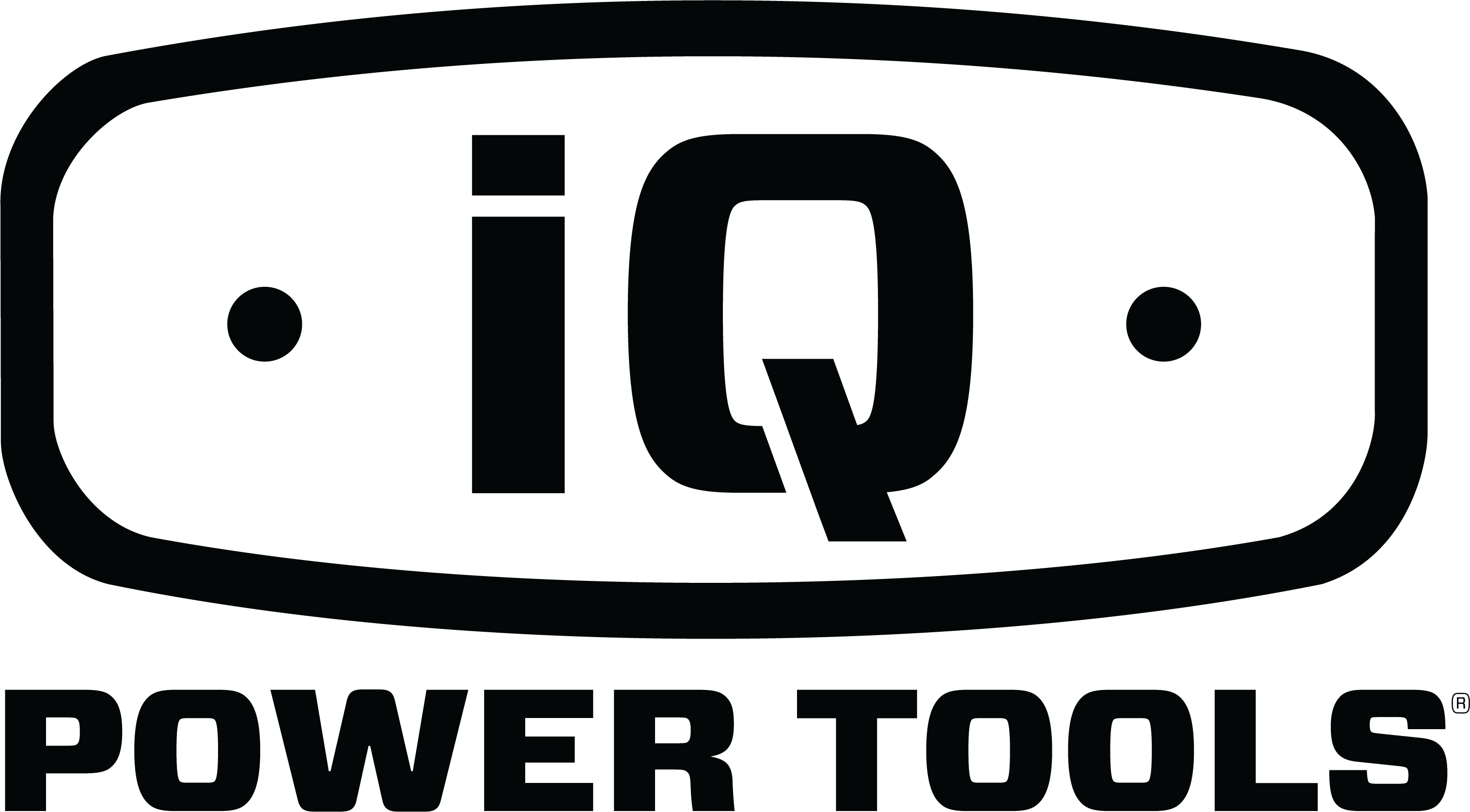

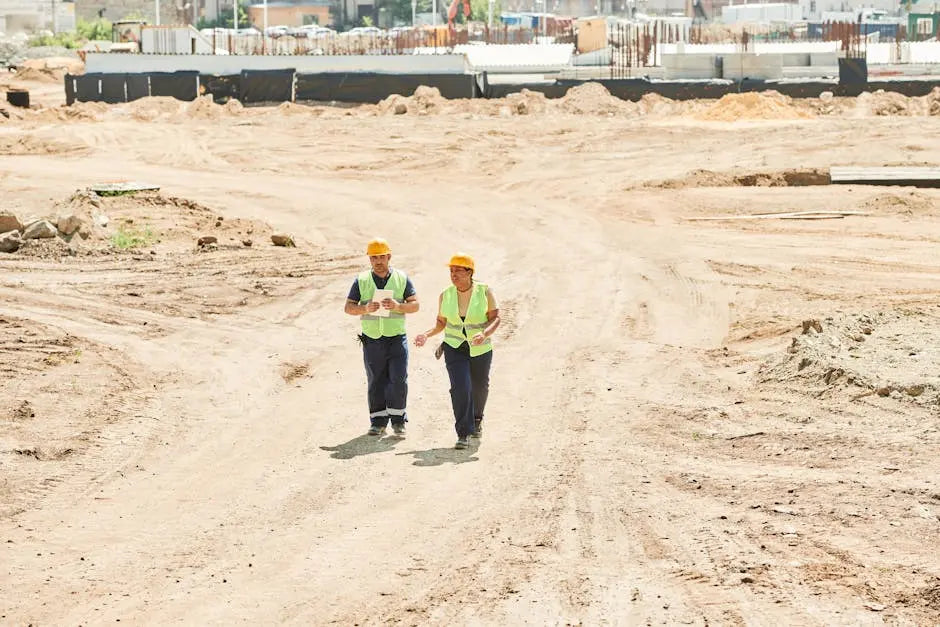
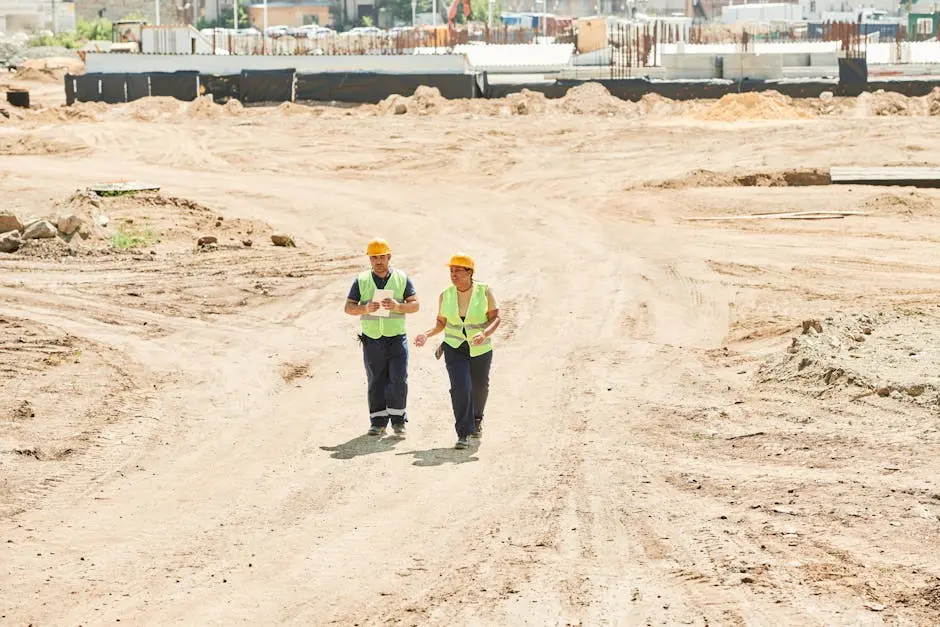
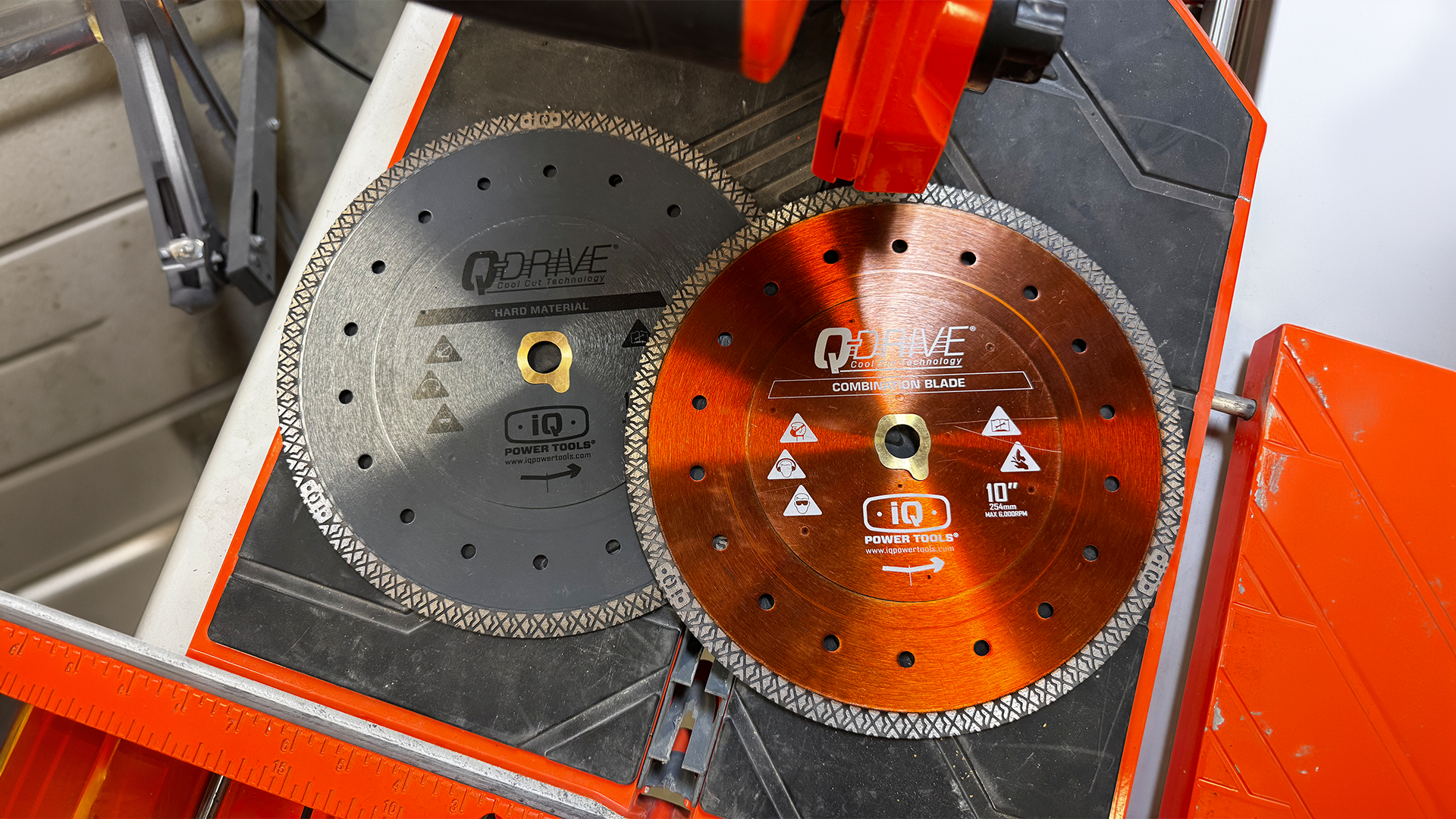
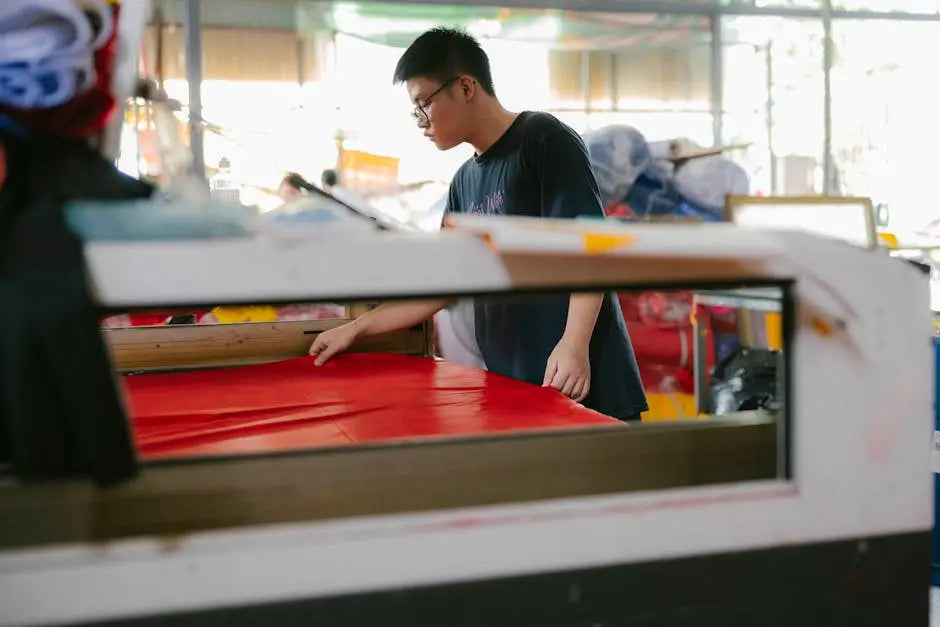
اترك تعليقًا
This site is protected by hCaptcha and the hCaptcha Privacy Policy and Terms of Service apply.